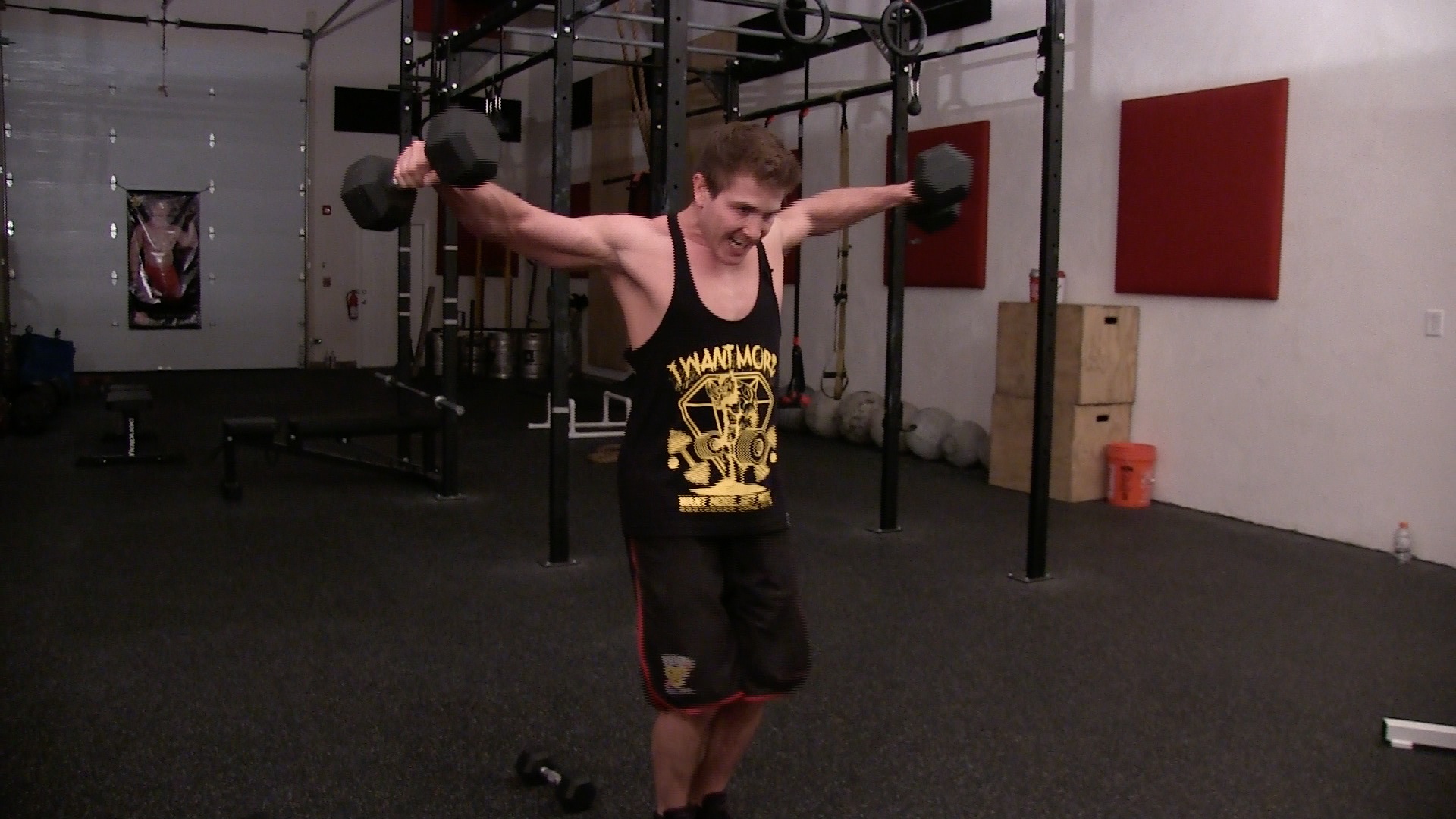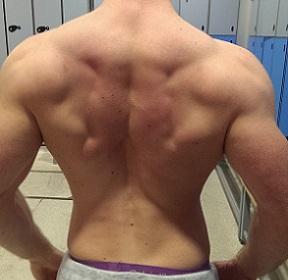The Secret To SHOULDER GROWTH!
Learn What May Be Holding You Back & How To Fix It!
Who Out There Wants Bigger Shoulders?
If you have been training for a while, I’m sure you have noticed that you have a body part that just doesn’t respond as well to training as the rest of your body. You’ve tried different rep ranges and changing exercises more times than you would like to admit. One area that most people overlook is flexibility in the muscle group.
I first noticed this with my own training a few years ago when I really struggled developing my hamstrings, and at the time I could barely complete a full rep with good form on stiff leg deadlifts. I worked on my flexibility for a few months and saw a massive explosion in growth in my hamstrings. Now I’m not saying stretching will build muscle, however, it will allow you to fully complete the movement through a full range of motion. This is what will lead to a better developed muscle.
Assessing The Shoulder Joint
The shoulder is one of the most complex joints in the human body, so ultimately it incurs a lot of injuries, if you’re not careful. In order to check your mobility in your shoulder joint you can do an overhead squat test or a wall test. Unless you have a trained professional, I would use a wall test as it is easier to spot what is causing the lack of movement.
Wall Test!
The wall test is simple. Stand with your back against a wall, your feet together, a neutral spine, and your scapula touching the wall. Slowly bring your arms up and watch your lower back and chest for any change in position, and check if your body is compensating at this point. Ask someone to stand at your side to watch for any change in position. If your chest raises and your lower back arches, think about it in a real world example: If you are using dumbbells doing a shoulder press, that compensation from your trunk shifts emphasis onto the chest, and the movement becomes more of a chest press. This is why it is important to realise that mobility is very important in developing a great physique.
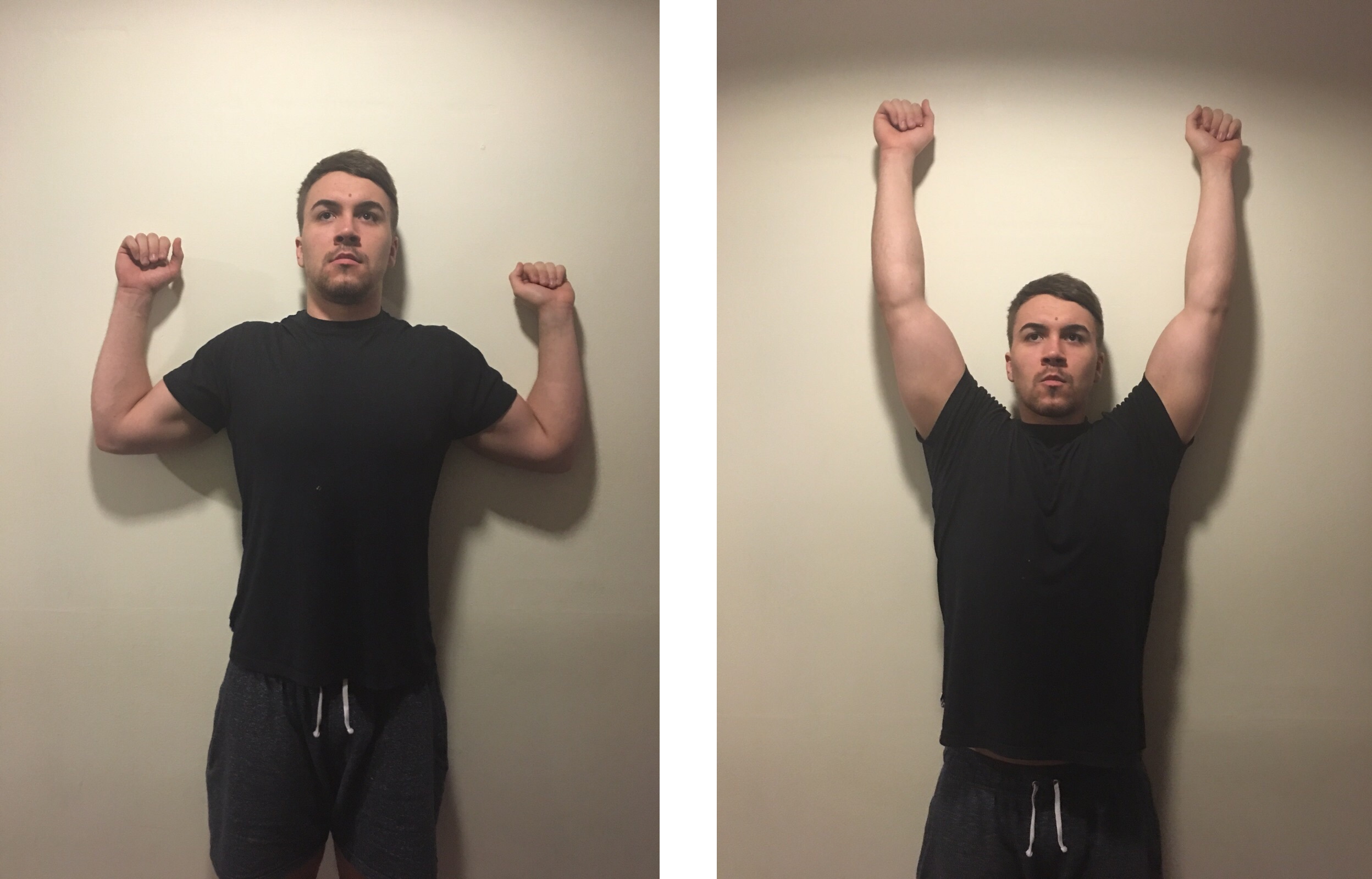
One thing you need to watch is your lower back when against the wall. If your shoulders are really tight, then your lower back will extend to compensate for lack of mobility. Below is what you want to see (second picture), and what you do not want to see (first picture).
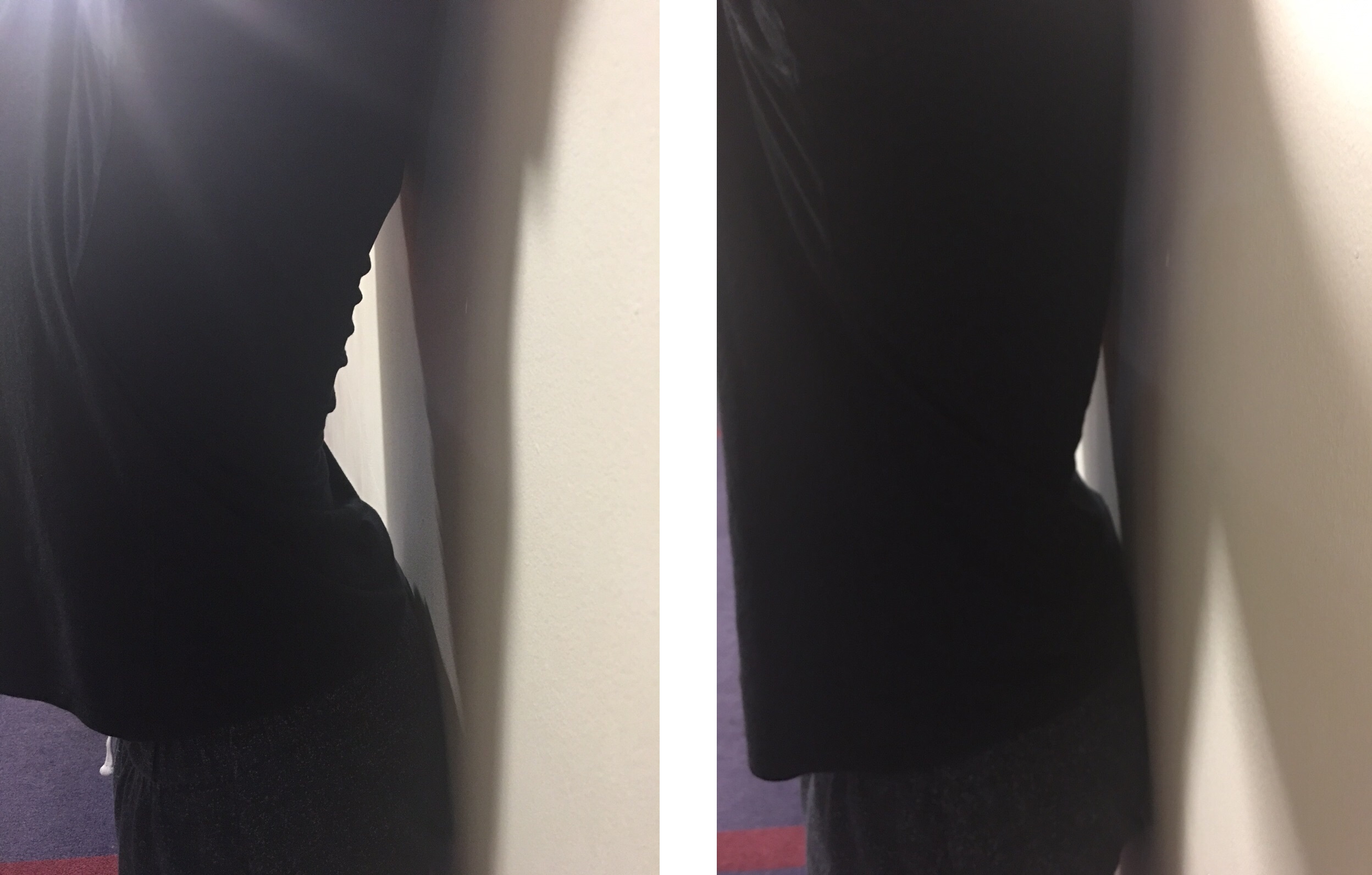
Overhead Squat Test!
With an overhead squat test, you are watching for lack of movement within the shoulder, and not within the hips or legs. If you can perform an overhead squat without the bar coming forward, then you have nothing to worry about in terms of shoulder mobility. However, if you are impaired, you need to figure out the cause.
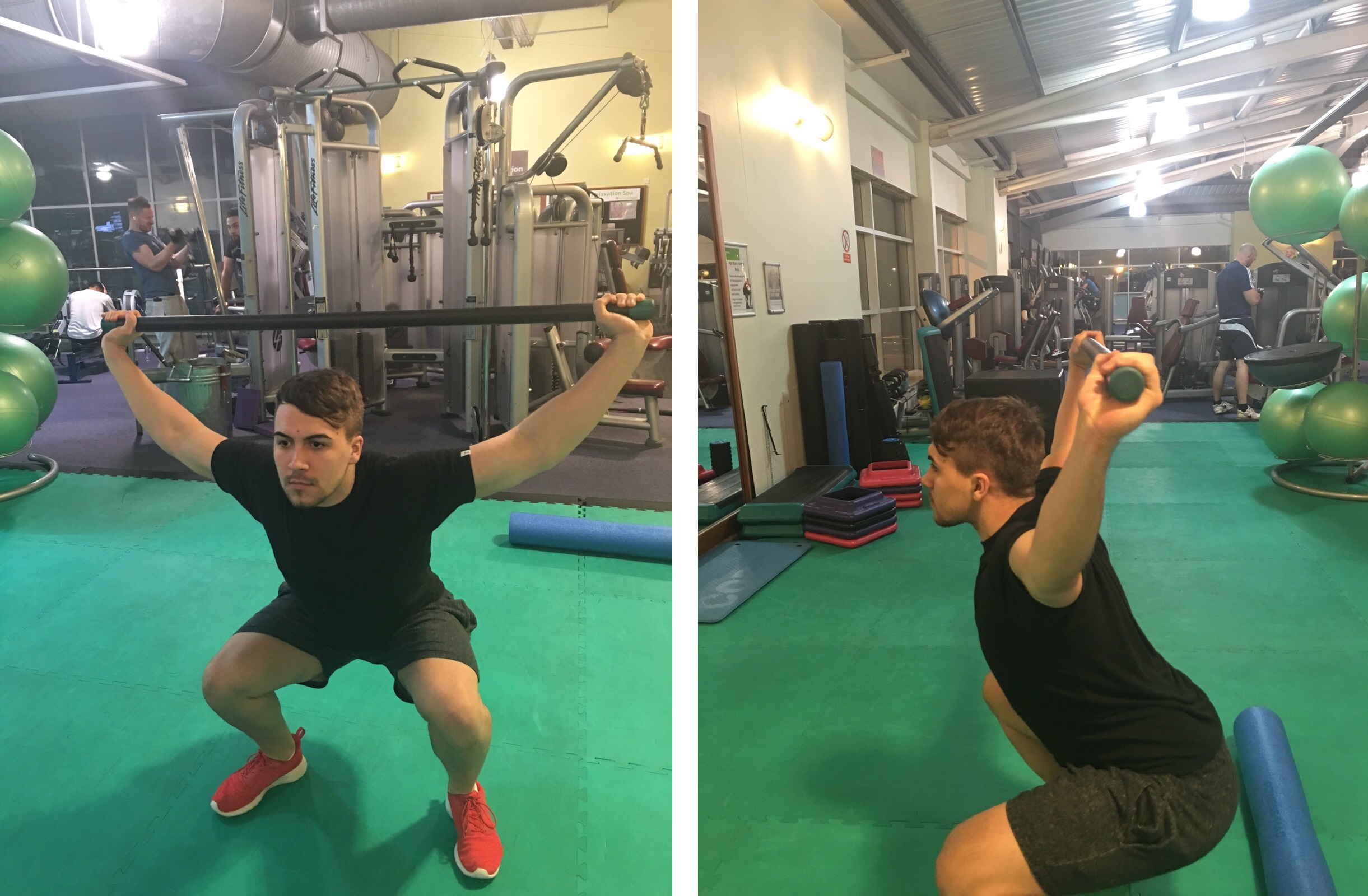
How Do I Solve This?
If you perform any of these movements and realise that you have tight shoulders, you may be wondering how you can improve your mobility. I will run through a few different methods to help you. Even if your reading this and you’re not sure if you have tight shoulders, think about a seated shoulder press – do you arch your back significantly to help press up the dumbbells? If so, you also need to do these stretches to help improve your gains.
Pectoral Release
Tight pectoral muscles could be pulling the shoulders forward and not letting the arm fully extend. A good way to solve this is to get regular deep tissue massages if possible. If not, then use a softball, lacrosse ball, or deep tissue ball to release the tension built up over time. Treat it much the same as foam rolling for your legs. Put the ball on the wall and work around until you find a spot that’s sensitive. Hold it in that position until your pain slowly disappears.
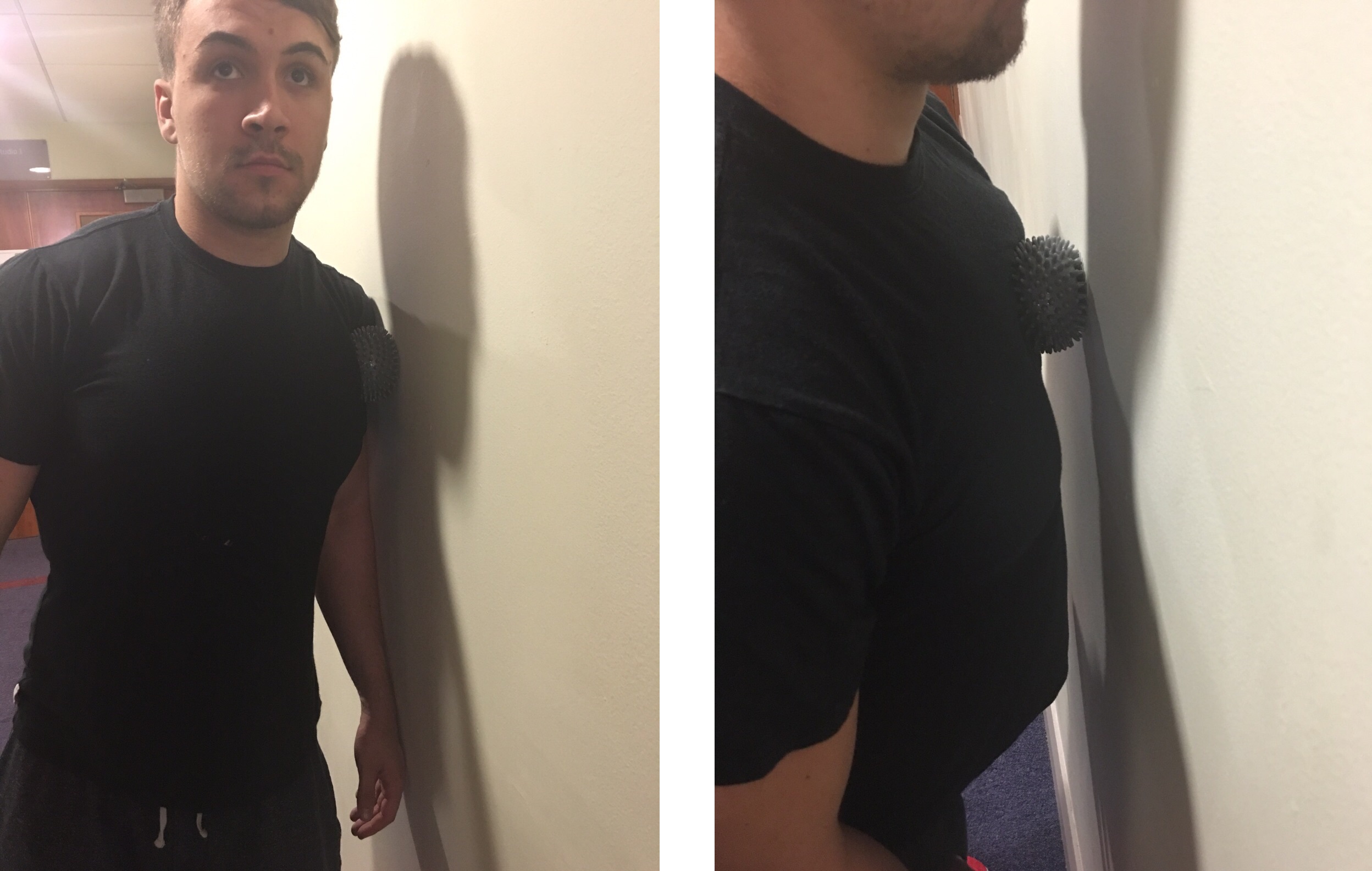
Loosening The Lats
In order to loosen the lats, you will need to use a foam roller to apply pressure to your lats. This is done by lying on your side with your arm up to allow full access to the lat you are trying to work. Gently roll until you find a sensitive spot, and apply pressure to that spot until the tightness and pain slowly disappears. Make sure you do both sides evenly, even though you may have one side which is more painful than the other. For people who haven’t tried foam rolling before, the sensation may feel weird at first, but you need to think of it like you are deliberately poking your sore muscles after a serious session. The health benefits are massive, and it will help you recover for your next workout.
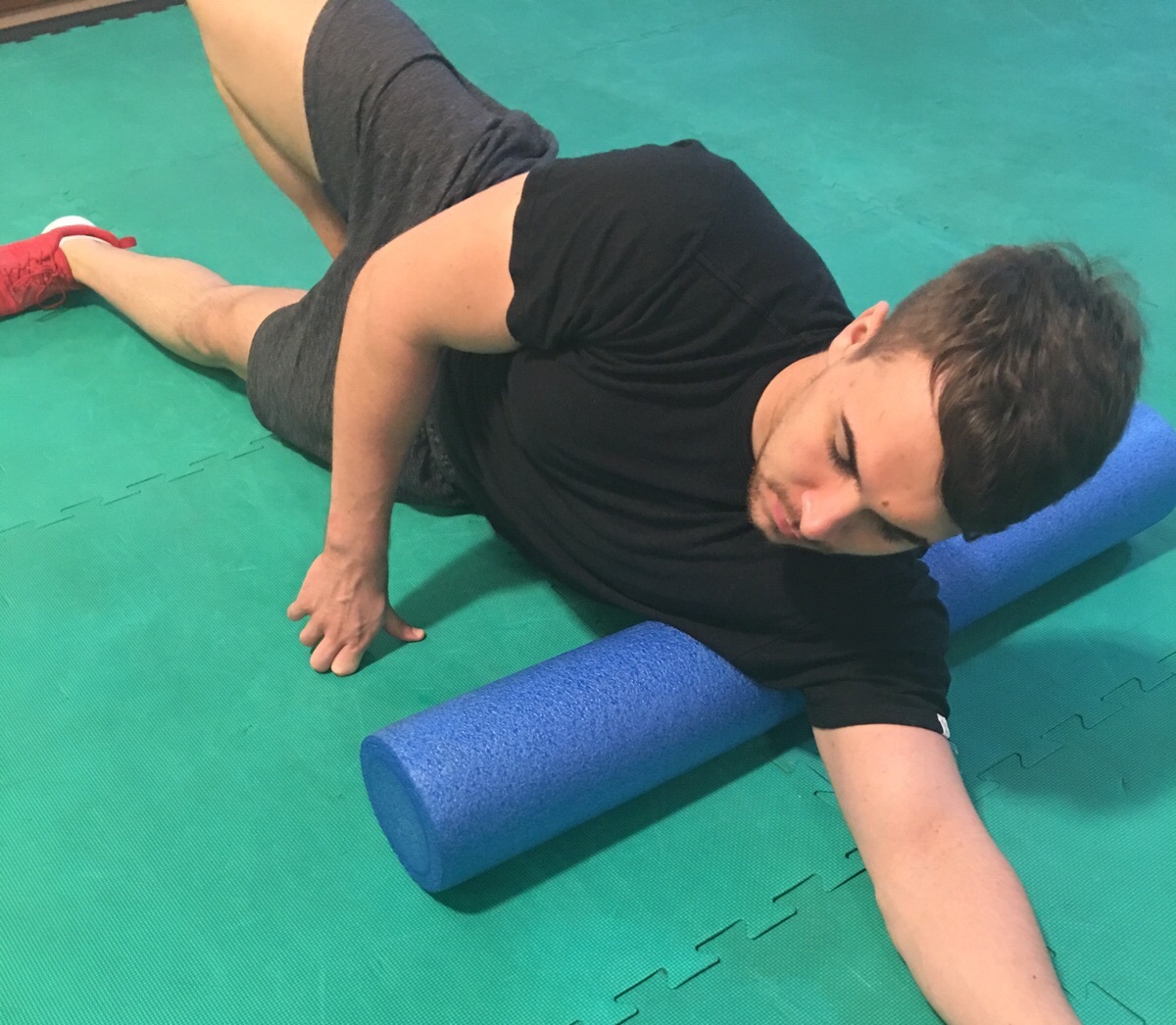
Spine Rollout With Shoulder Flexion
A favourite of mine is a spine rollout on a foam roller. This will stretch the pectorals and the upper back. To perform this, lie flat on your back with the foam roller horizontally across your spine, just beneath your scapula. Place an Olympic barbell on the floor above your head. This is going to act as an anchor to keep your arms in position. Keeping your knees bent at a 90 degree angle, and your feet flat on the floor, reach up for the barbell with your arms in a 'Y' position. Keep your elbows straight, and keep your hips up until in position. Once comfortable, slowly exhale as you lower your hips towards the floor. Only go as far as you can. Hold the stretch for five seconds, then return to the starting position. Repeat this 3-4 more times, and then adjust the position of the foam roller slightly higher before going through the same processes again.
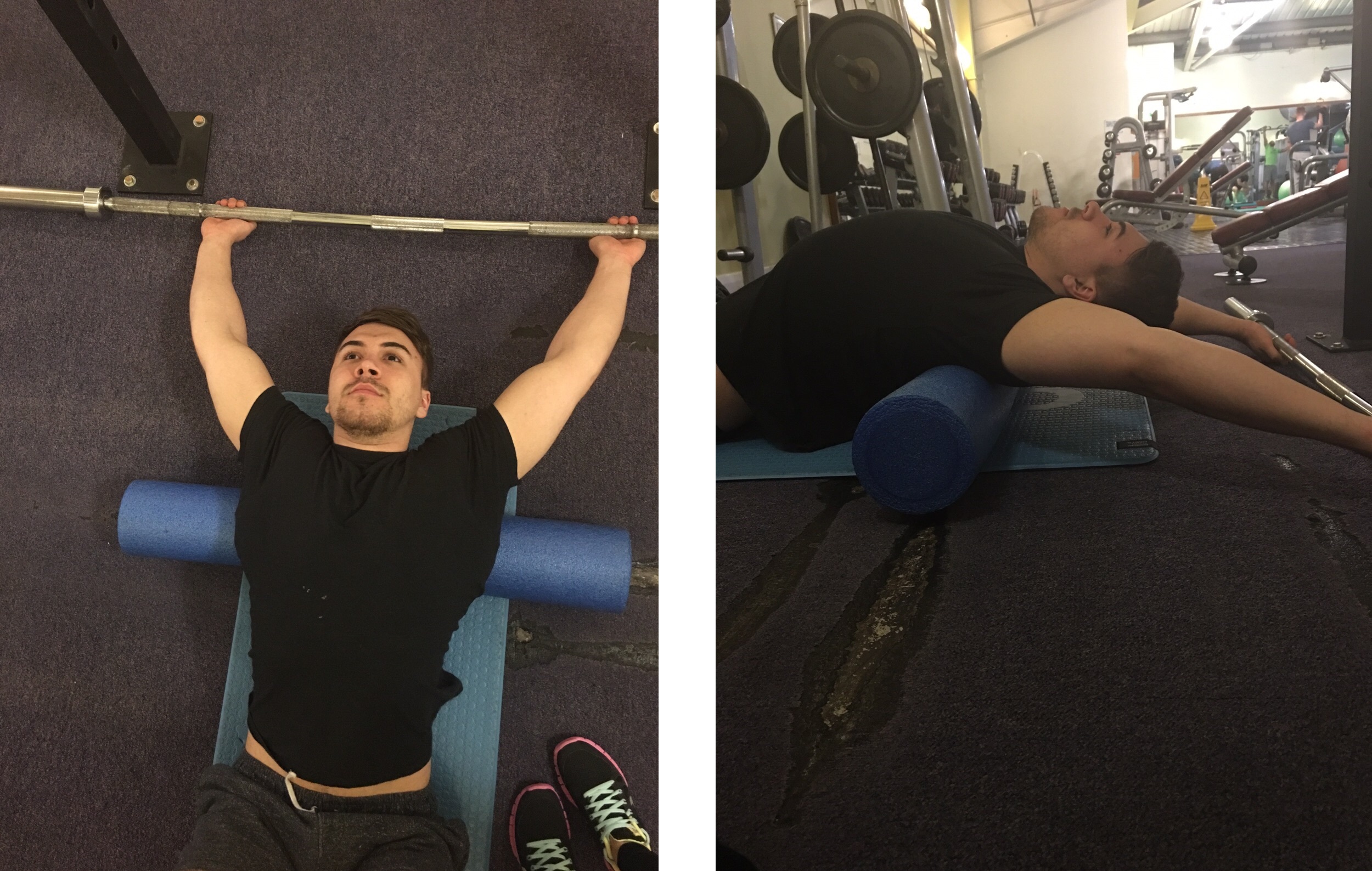
Conclusion
So if your shoulders need some extra work, try out these few tips to increase your shoulder size. Once you have more mobility, you will be surprised how quickly your shoulders will respond. If you enjoyed this article, be sure to leave a comment and let me know what you would like to know from me next time.
Related Articles:
5 Mistakes Holding Back From BROADER SHOULDERS! – (Lateral Raise)
